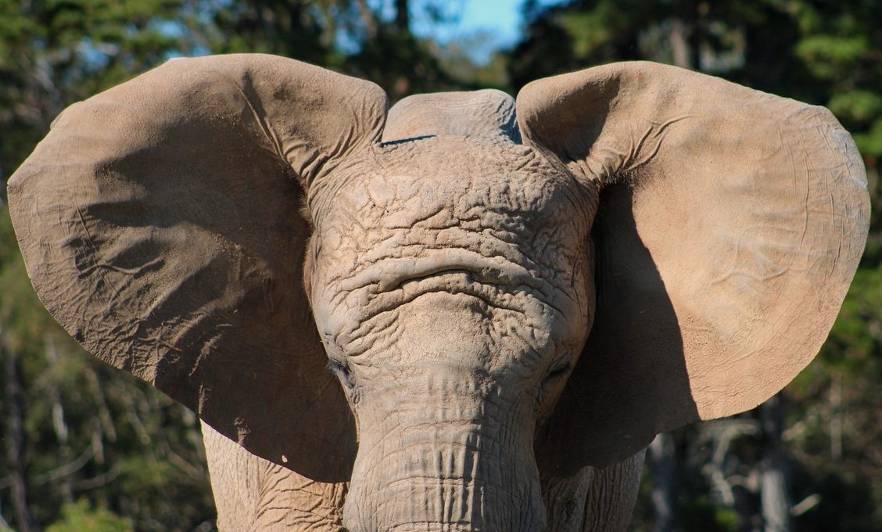How elephants stay cool in the summer and warm during winter
Project & Pod News / 04 April 2023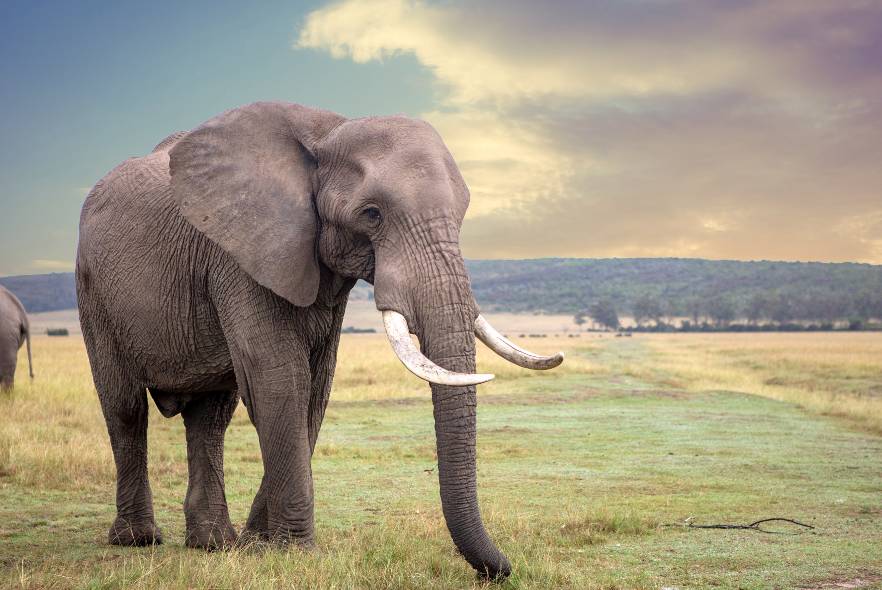
When you think of elephants you imagine them on hot summer African days, but some elephants live in cooler areas of South Africa which can get down to 5˚ Celsius at night, so elephants have plenty of tricks for how to stay cool in the heat of summer days and warm during winter nights.
With winter approaching our Elephant Care and Research project in South Africa, there are often some really hot days between the cooler ones. The elephants have been taking action to regulate their body temperature in the fluctuating conditions!
EARS
The big African continent-shaped ears of the African elephant have multiple uses and are very important when it comes to regulating the body temperature of these big mammals.
The tiny blood vessels in the ears are close to the surface. Through dilation of their blood vessels elephants can increase the blood flow to their ears and increase their cooling. It is estimated that an elephant can pump all its blood through its ears every 20 minutes (an average of 12 litres of blood can flow through their ears per minute) and help with cooling down of the body temperatures by about 3˚ Celsius.
Flapping their big ears, or spraying water, dust or mud behind them, help with cooling the blood in the capillaries. The cooled blood then flows back to the body.
By using their ears like a fan, it can create a slight breeze that cools down the rest of the body of the elephant.
On cooler days elephants hold their ears closer to their bodies which has the opposite effect and helps to decrease the loss of heat.
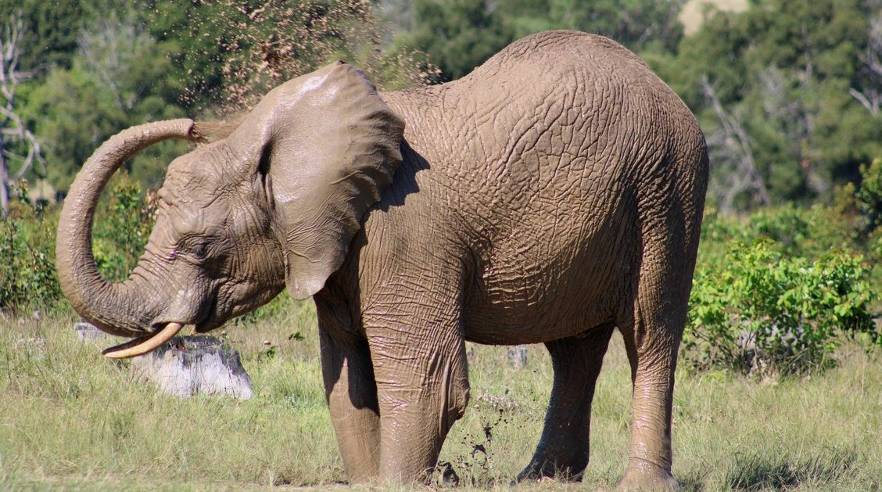
WATER AND MUD
Elephants especially enjoy bathing and swimming. They will either spray themselves down or submerge completely using their trunks as snorkels. This is always a spectacular sight to see.
Bathing helps to cool down the elephants large thick-skinned bodies.
Wallowing in mud or dustbathing is another form of thermoregulatory exercise used by elephants. When elephants apply a layer of moisture, mud or dust to their skin, it traps a layer of cooler air close to the skin and it also prevents excessive exposure to the sun and serves as a form of sunblock.
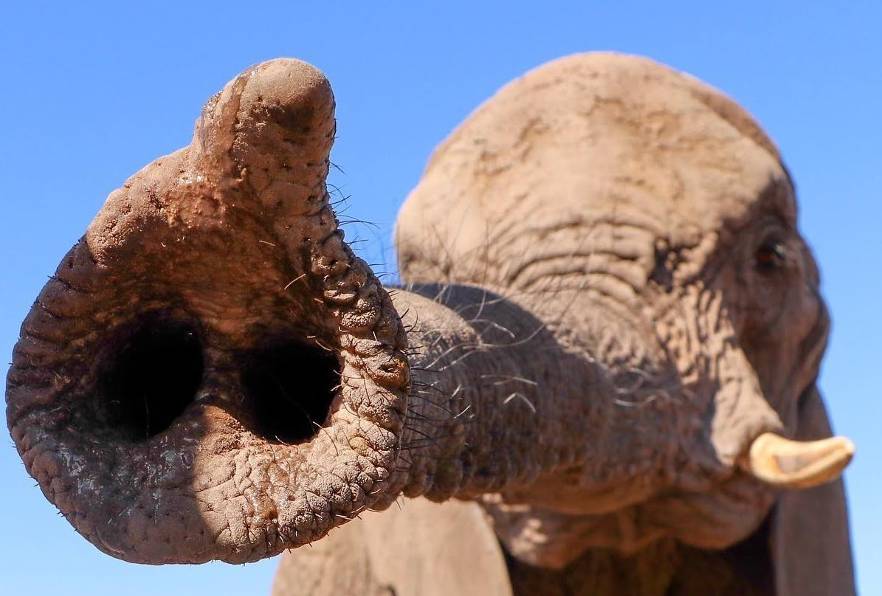
WRINKLES AND HAIR
It is obvious that elephants have a lot of wrinkles. All those wrinkles are there for a reason! African elephants do not have any sweat glands like humans do. It is believed that the many wrinkles help the process of cooling down. When an elephant sprays mud and water over its body, the wrinkles and hair collect some of it and keep it on for longer, helping the elephants to keep cool.
The long, wiry hairs of the elephant are also believed to help them cool down. The hairs act as heat conductors drawing heat away from their big bodies. In still conditions the hair of elephants can increase heat loss by 5 percent and up to 23 percent in a light breeze.
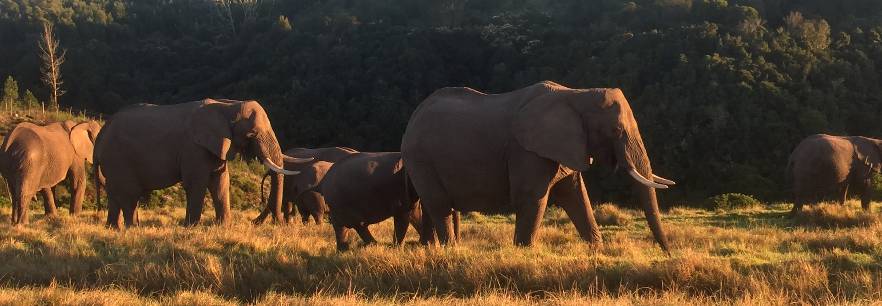
SHADE AND SHELTER
On days when the heat of the sun can get a bit extreme for the elephants, you will see them try find shady spots to hide from the hot sun. The elephants at our project will walk down to the valley area whenever they get the chance to find some shade whilst munching away on the trees.
On cold or windy evenings, the elephants make full use of their shelters, or the boma, which shields them from the breeze and even provides the benefit of heaters for warmth. Elephants which are not afforded such luxurious evening accommodation, shelter in a valley or very thick vegetation instead.
If you would like to meet these magnificent animals, help to care for them and assist in their research then head over to our Elephant Care and Research project page here to find out how you can volunteer.



